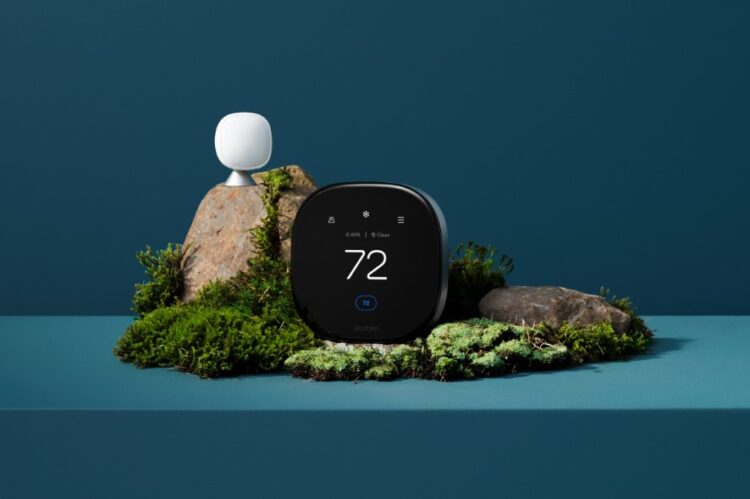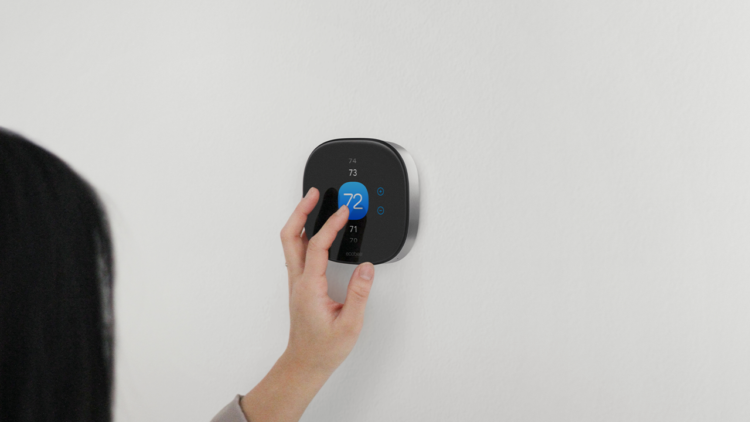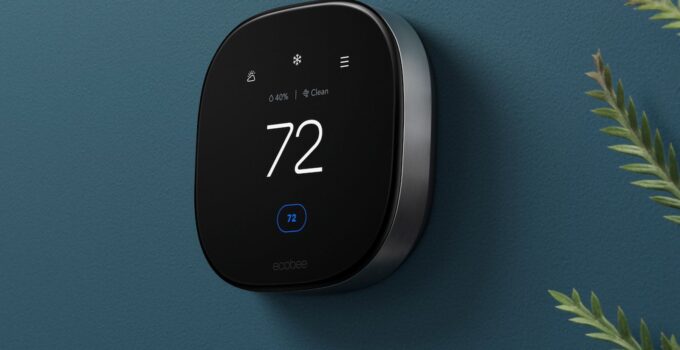Many times, homeowners want a new thermostat but aren’t sure how to choose one. Here is an expert guide on how you can get the best smart thermostat for your home.
Check out Anderson Air for expert installation tips and guidance to ensure you make the most of your smart thermostat and its energy-saving features.
Page Contents
1. Thermostat compatibility
Compatibility between smart thermostats and your HVAC system is of utmost importance when selecting one for your home to achieve seamless automation and ensure its effective implementation. Consult professional advice on installation compatibility to guarantee optimal integration and seamless automation.
Consider which features and functions are essential when selecting a smart thermostat model, considering both lifestyle and home comfort considerations.
Do you prioritize advanced energy-saving features such as programmable schedules, occupancy sensors and geofencing, or would a simpler model with voice control better suit you? Additionally, would a touchscreen or user-friendly app make managing thermostat settings simpler?
Once again, deciding whether your smart thermostat should connect directly to a standard Wi-Fi network or one of the many wireless mesh networks like Zigbee or Z-Wave is important. Furthermore, ensure any thermostat you consider will work with the type of home hub you plan to use, as certain models only work with certain protocols.

Source: teamhardingcomfort.com
2. Thermostat design
Smart thermostats should be straightforward for customers, whether they prefer using mobile apps or voice commands via digital assistants such as Alexa, Google Assistant and Siri.
Also, look for models compatible with the smart home ecosystem of their choosing and compatible with digital assistants such as these three; some smart thermostats may even feature smoke detector compatibility that would automatically shut off the furnace fan in case of emergency.
Nest Learning Thermostat and Hive Thermostat Pro are popular smart thermostats with learning capabilities. They enable them to recognize your habits over time, create an individualized schedule tailored to you, and save energy and money.
They even detect when you leave or arrive home using smartphone location detection and set heating or cooling accordingly, saving energy and money over time!
One or two more sophisticated smart thermostats can also detect whether doors and windows are opened or closed, which is helpful for energy savings. In addition, these thermostats will pause their temperature control in case of air leakage, which helps avoid overheating or freezing conditions.
Be mindful that some smart thermostats require a C wire while others don’t. A C wire supplies 24 V AC electricity to power the thermostat; some models, such as Hive Thermostat Mini and Ecobee Smart Thermostat (6th Gen), operate without one; they run on batteries or an alternative power source instead.

Source: time.com
3. Energy savings
Smart thermostats offer significant energy savings. Some models learn your daily schedule and temperature preferences before automatically adjusting your home’s thermostat to match them; others even feature occupancy sensors that detect when you arrive or leave home to save energy while keeping you comfortable.
Use an online calculator or smartphone app to estimate how much a smart thermostat could save you in heating/cooling costs, then compare that result against current expenses. Finally, factor in any initial investments needed before determining if smart thermostats suit your specific needs.
You can find inexpensive smart systems for under $100, but they may not have as many features as premium expensive options. For example, they may only connect via Bluetooth and not have an audio mic built-in.
For greater energy savings, look for smart thermostats rated ENERGY STAR certified. These efficient units feature detailed energy usage reports as well as participation in demand response programs offered by your utility company; some even offer rebates!

Source: pcmag.com
4. Installation
Smart thermostats are one of the top hi-tech home upgrades today. In addition to providing comfort and energy savings, they can also help you better understand your home’s climate system and usage habits. Furthermore, linked smart devices allow additional functionality.
Smart thermostats, unfortunately, share certain privacy issues with other high-tech devices: they gather information about you that could be abused by advertising, hackers, or even robbers.
Although smart thermostats offer many advantages that far outweigh any potential privacy concerns, it’s still wise to look at how they may affect your home’s security before you purchase them. To assess how they will affect home security before making a purchase decision.
Like anything, there are a few things to consider before installing a smart home system. Use Google’s thermostat compatibility checker to easily confirm that any new device fits seamlessly with your HVAC system. This tool guides you through each stage, so you can determine if current wiring allows smart thermostat capabilities.
Be sure to place your new thermostat away from drafts, direct sunlight and windows; these elements could interfere with temperature readings and lead to inconsistencies between heating and cooling systems in your home.





